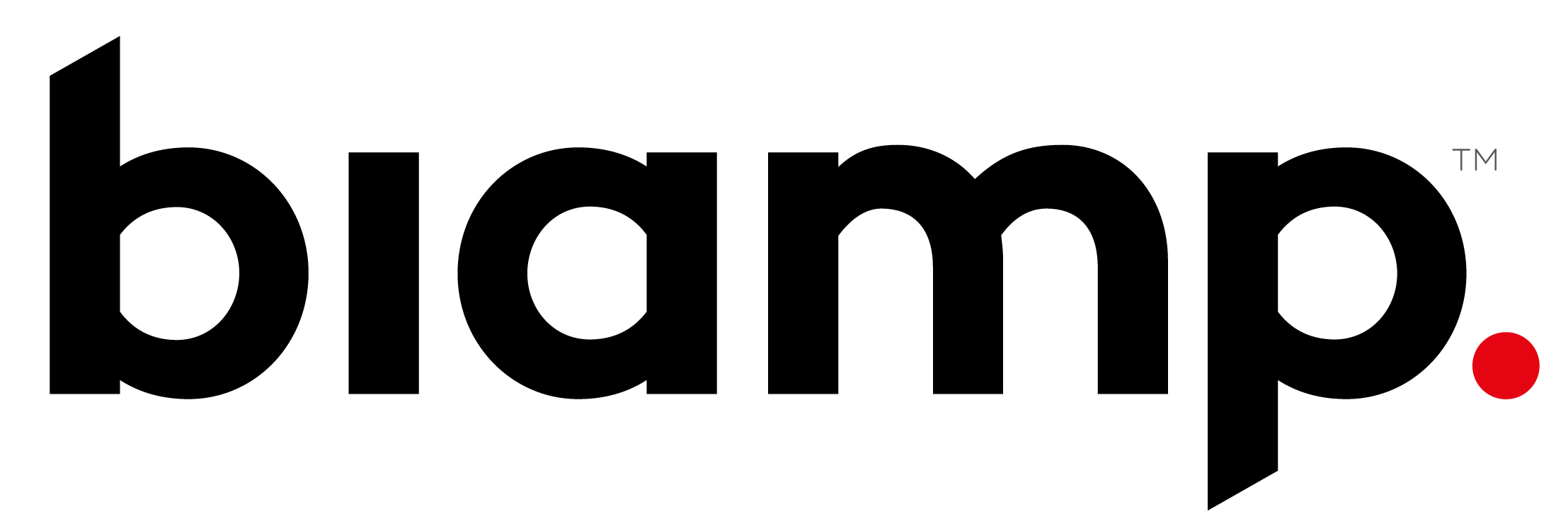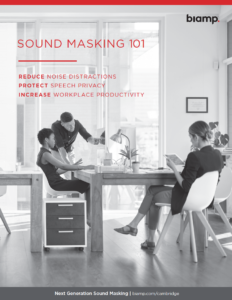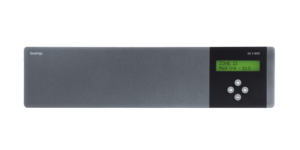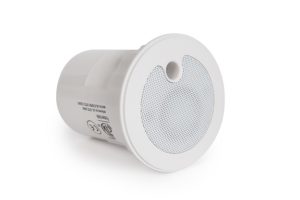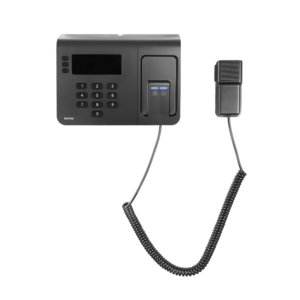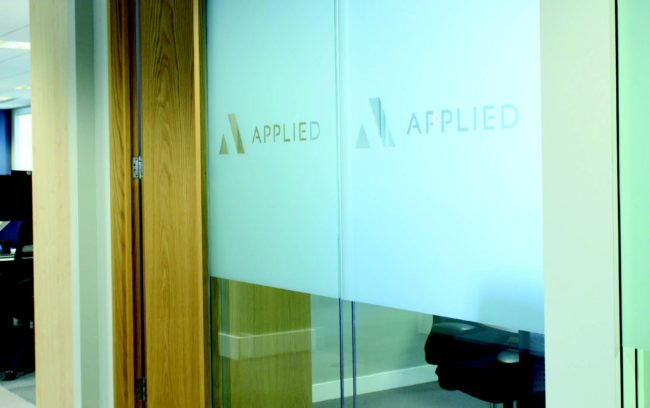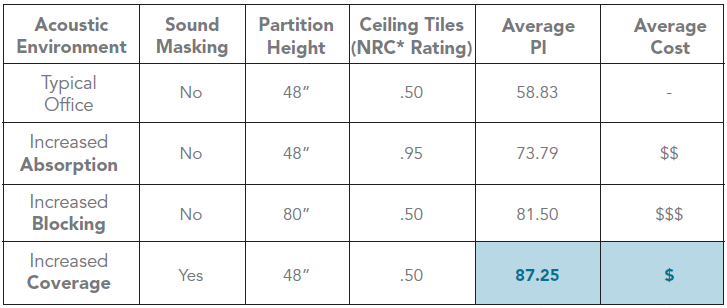Technology
Sound Masking in Technology
Modern offices feature a variety of workspaces such as engineering labs, co-shared spaces and huddle rooms, each that require their own unique solutions for improving worker comfort, productivity, and speech privacy. Modern open offices contain far more reflective materials, such as glass and wood, than ever before. Then, combine those factors with more benching and less private offices. While these changes have made workplaces more aesthetically pleasing and collaborative, it has also affected the acoustics.
A sound masking system by Cambridge Sound Management improves the acoustic environment, enabling employees to feel more comfortable and less distracted in environments found in today’s modern corporate world.
“The introduction [of sound masking] has almost created an ‘invisible audio partition’ between our customer experience teams and our software development teams – essential in open plan environments. ”
– Lucy Sargent, Director, Customer Experience Manager, Applied Systems UK
Industry Challenges
- Modern corporate offices use fewer sound absorbing materials (rugs, material partitions, etc.) in favor of reflective surfaces like metal, aluminum, glass and gypsum, contributing to unwanted noise reflections and buildup.
- Workstations have shrunk from 8 ft x 8 ft to 6 ft x 6 ft (2.5 m x 2.5 m to 1.8 m x 1.8 m) and partitions have reduced from 66” to as low as 42” (168 cm to as low as 107 cm) in height.
- More companies are seeking LEED certification and implementing “green” design and construction initiatives, which often reduce speech privacy.
Are you ready to add sound masking to your space? Click here to start planning your sound masking project with one of our professionals.
Applications
An Effective and Budget Friendly Solution
Read more to see how a Cambridge Sound Management sound masking compares to other acoustic treatment options.
The table below shows the effectiveness of common types of acoustical treatments. The office environment in this example features 8’ ceilings and 10’x10’ cubicles. After implementation, direct-field sound masking is the most effective and budget friendly solution for delivering increased privacy while reducing conversational distractions.
